On 26 April 1886 William married Jessie Euphemia Kennedy, daughter of Rev. Ebenezer Kennedy of Bayview, Largo, at St Giles Cathedral in Edinburgh. The marriage certificate describes WIlliam at that time as 'sometime tramway manager' but the newspaper marriage notice states that he was "late of Monte Video". Elsewhere he had been referred to as a 'colonial cattle farmer'. However, after their marriage, William and Jessie seem to have gone to Sussex, as in December 1886 a notice appeared in the Hampshire Advertiser that their son had been born prematurely in Horsham on the 11th of that month.
By 1891, the the same time that William was heading up both the Lundin Golf Club and the Ladies Club, the pair were at Elphinstone on Crescent Road, Lundin Links. Presumably they must have been established in the village for some time by then. Shortly afterwards they moved into Homelands, which had recently become available following the death of John Walker. They would continue to own Homelands (as well as residing sometimes in London and at 8 Ramsay Gardens in Edinburgh) until the death of Jessie in 1903, aged 38.
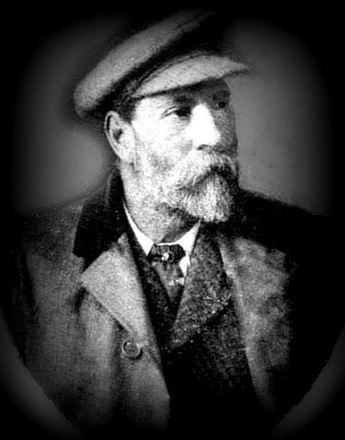
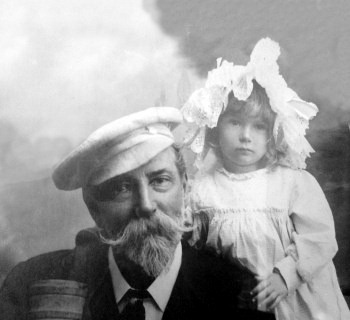
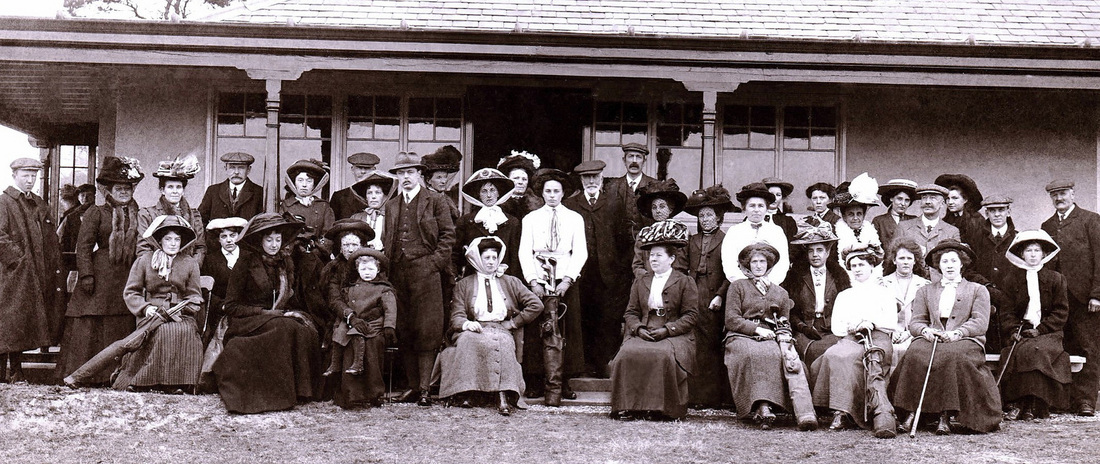
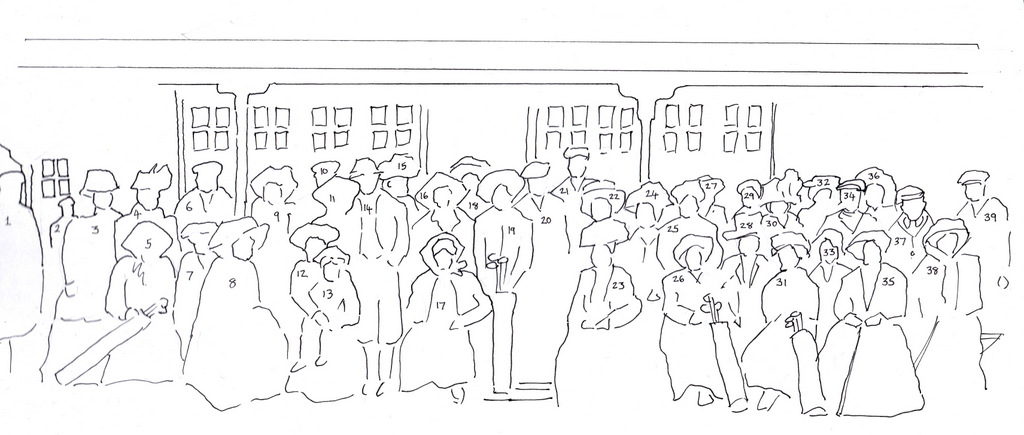
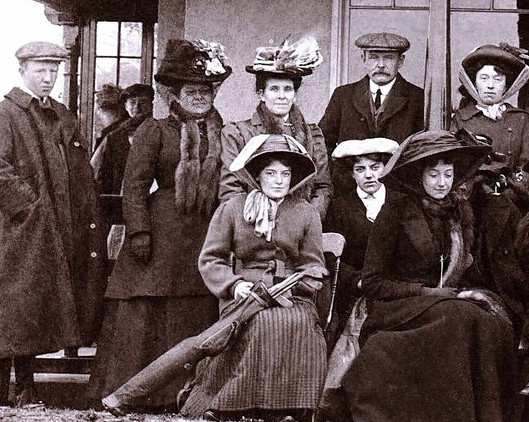
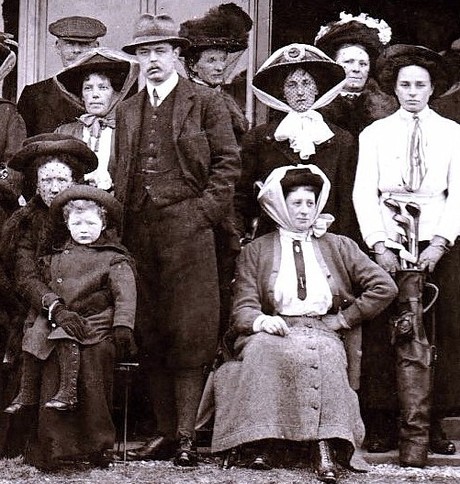
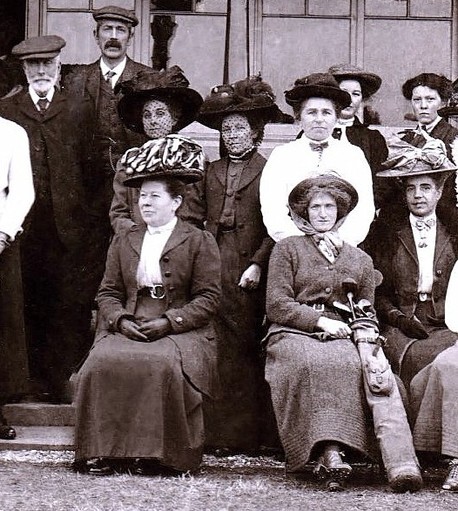
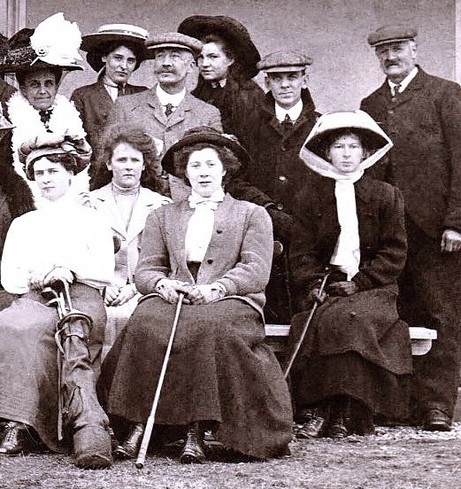
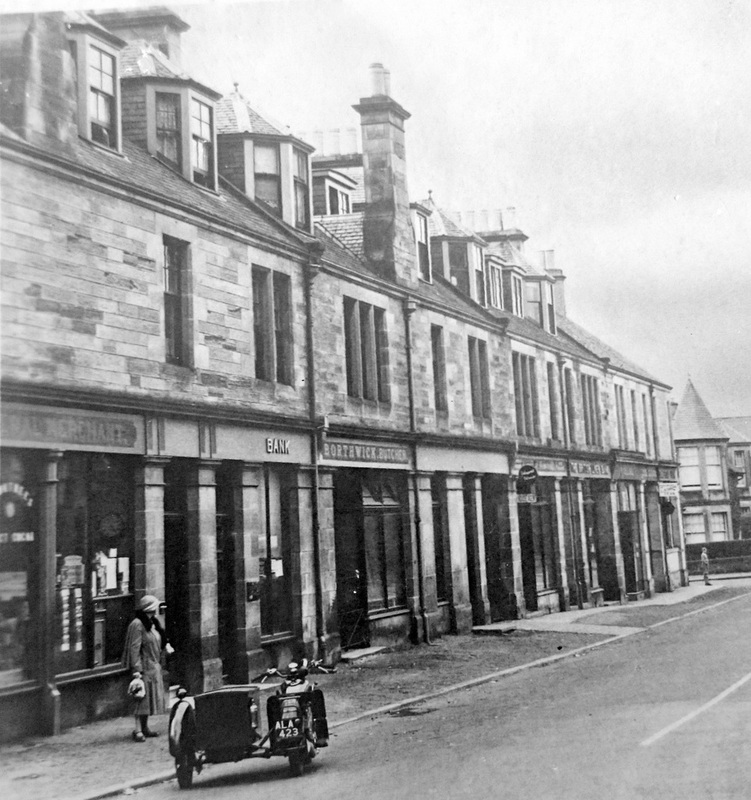
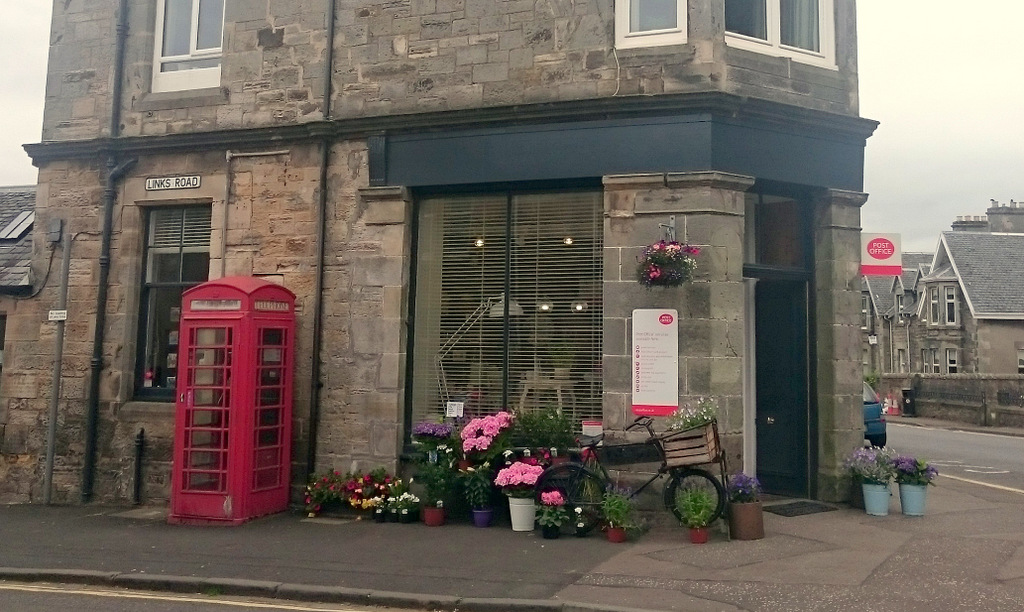
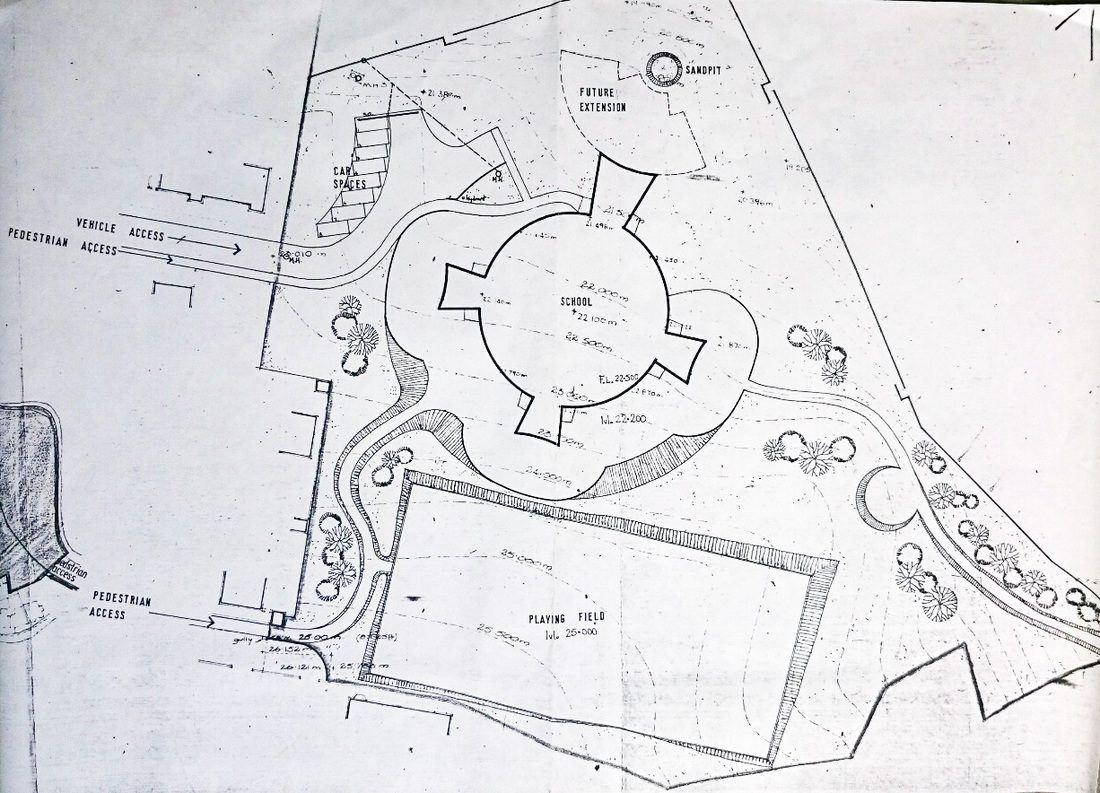
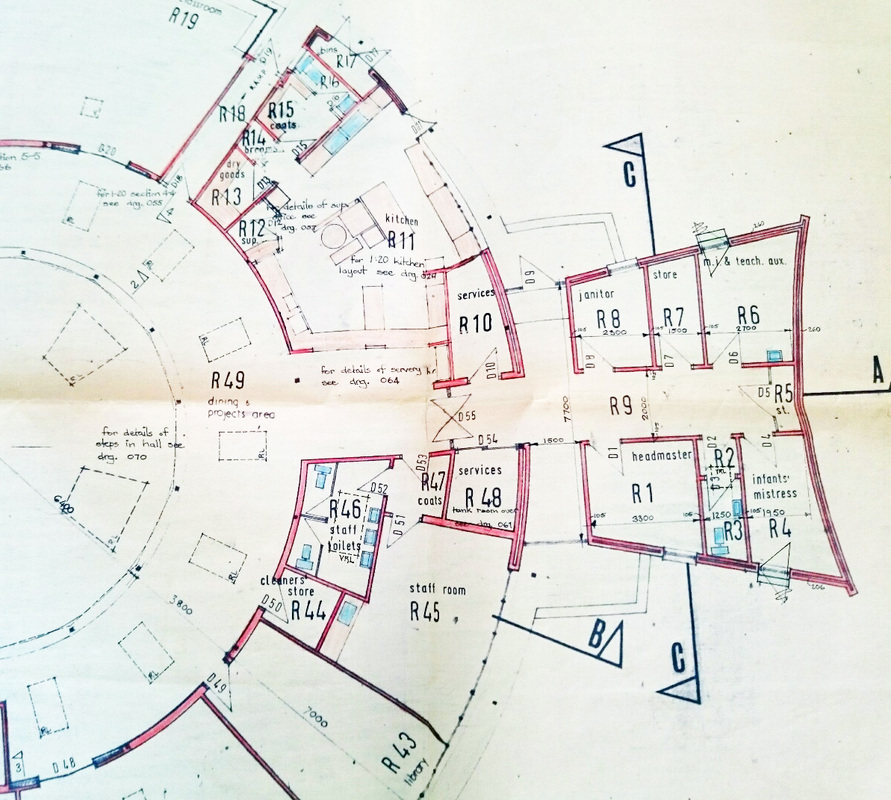
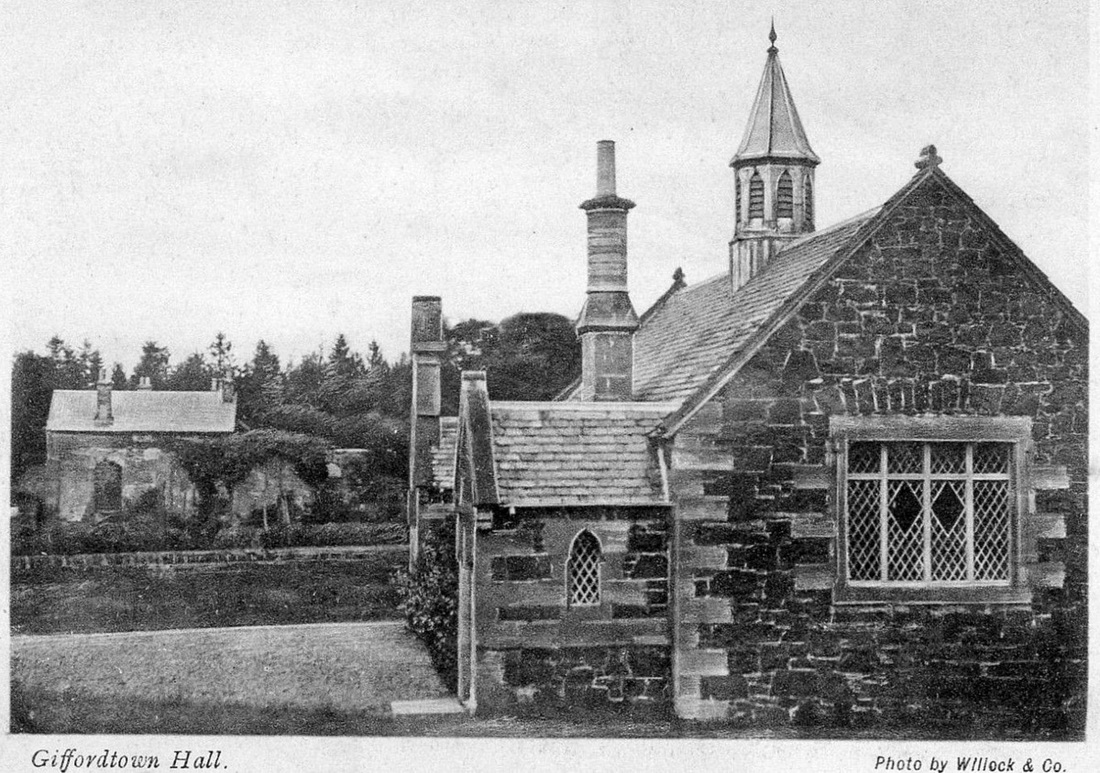
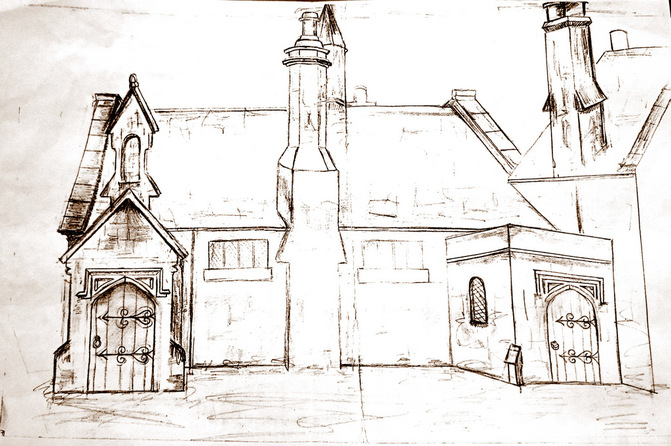
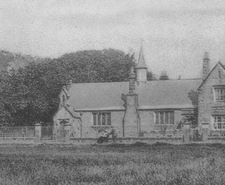
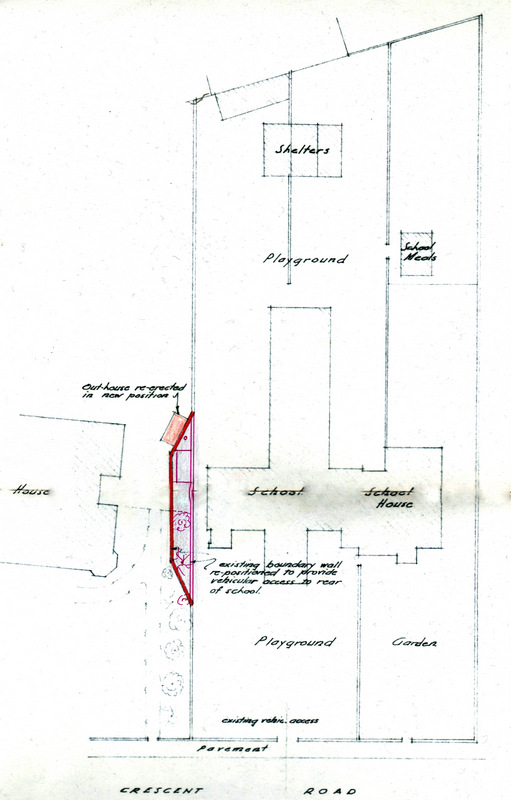

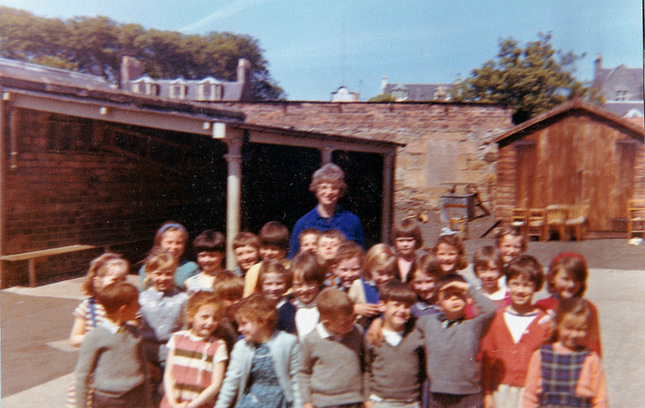
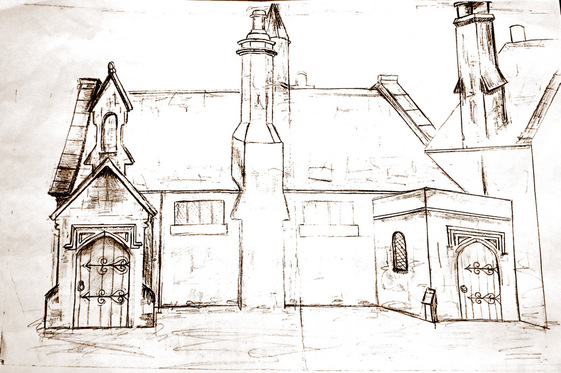
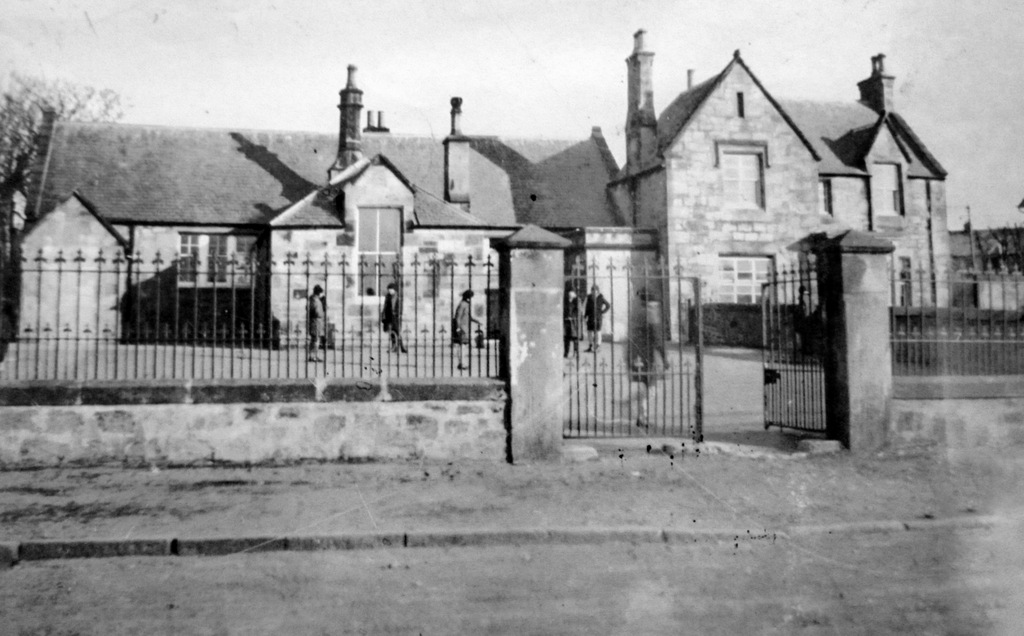
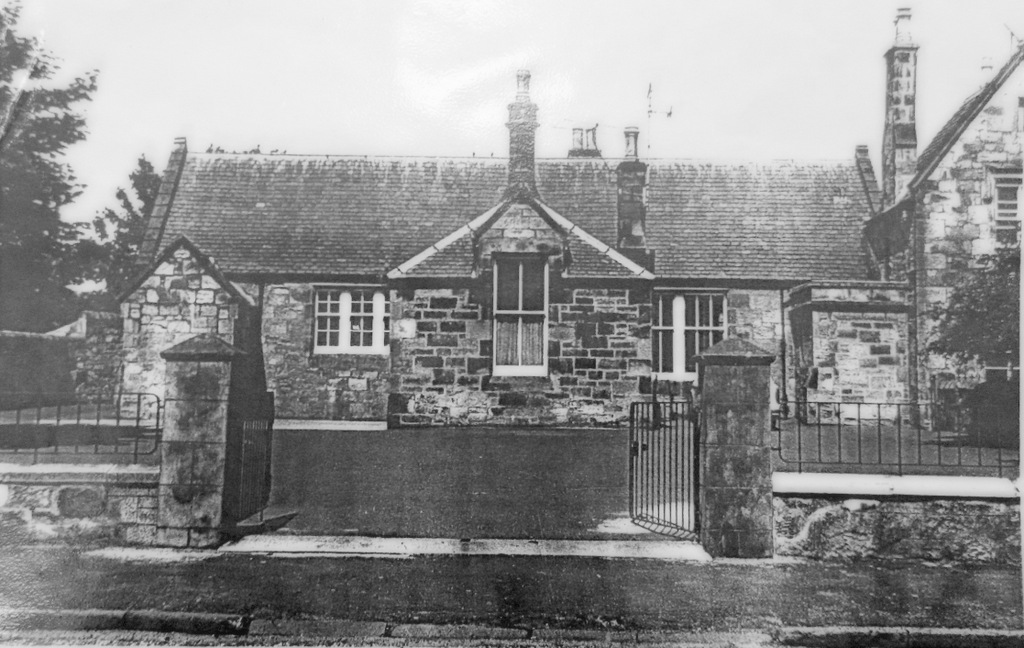
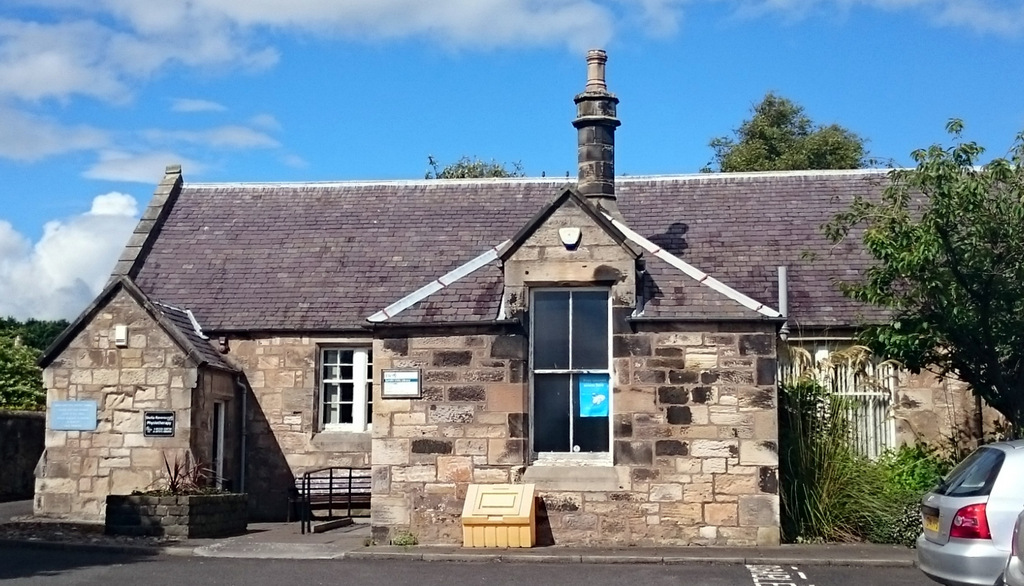
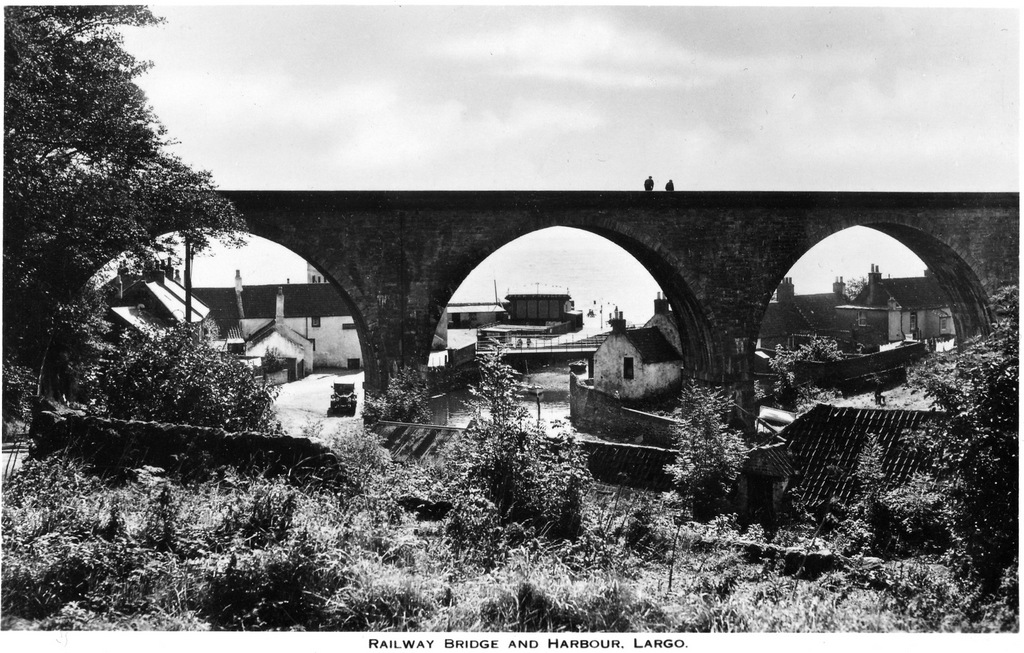
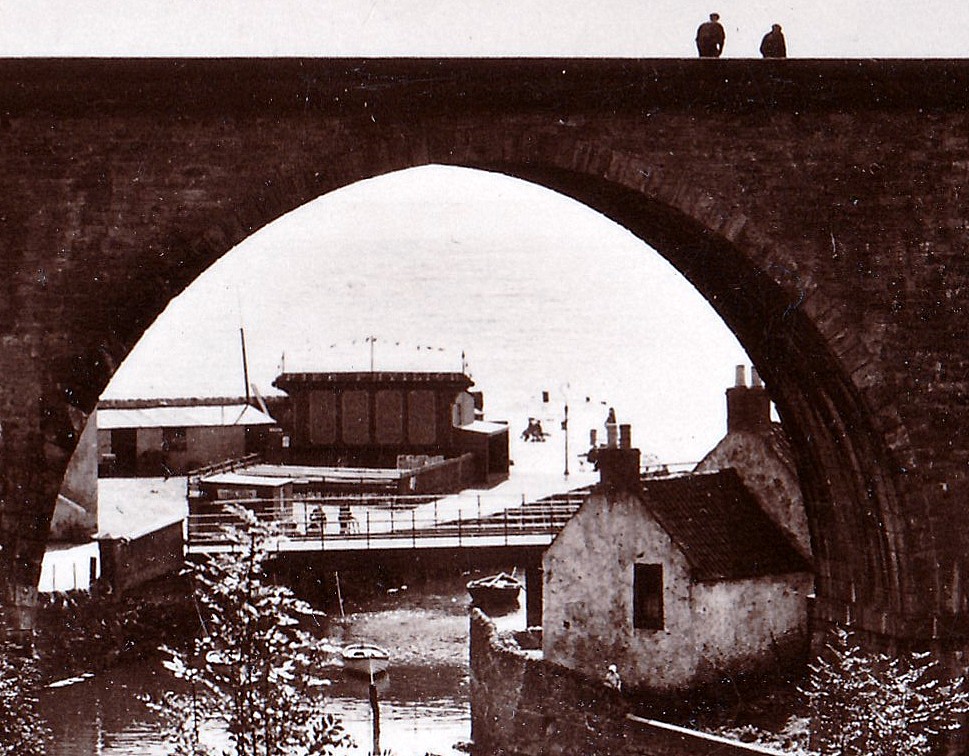
 RSS Feed
RSS Feed
